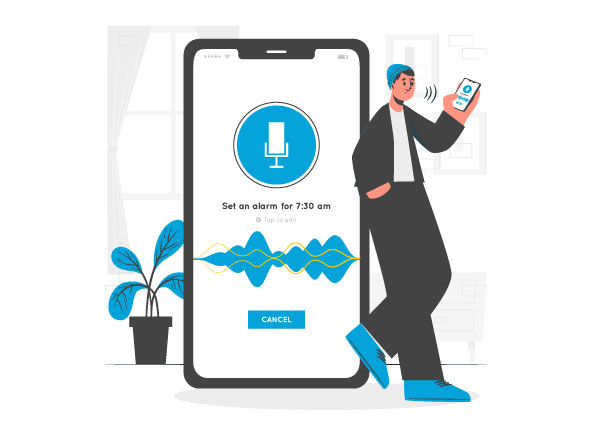Content repurposing is the strategic practice of transforming existing content into different formats or for different audiences. This strategy permits you to employ your existing assets and extend their lifespan across distinct channels.
Benefits Of Content Repurposing

Increased Reach And Engagement
By repurposing content into different formats, you can reach diverse audiences who prefer consuming information in various ways. For instance, some users may prefer reading articles, while others might engage more with videos or infographics. This variety helps expand your reach and increases overall engagement.
Improved SEO Performance
Repurposed content can enhance your SEO efforts by generating additional backlinks and traffic. When you create new formats of existing content, you provide more opportunities for people to discover and link back to your original piece, boosting its visibility in search engine results.
Enhanced Brand Consistency
Repurposing allows you to maintain consistent messaging across different platforms. By adapting your core content while keeping the main ideas intact, you reinforce your brand identity and ensure that your audience receives a unified message.
Time And Resource Efficiency
The creation of entirely new content can prove to be a lengthy and resource-heavy undertaking. By repurposing existing content, you save time and effort while still delivering valuable information to your audience. This efficiency enables you to focus on other essential aspects of your marketing strategy.
How To Effectively Repurpose Content
Identify High-Performing Content
Start with a detailed examination of your existing content to uncover aspects that have yielded high levels of shares, engagement, or conversions. These high-performing assets are ideal candidates for repurposing since they already resonate with your audience.
Choose Appropriate Formats
Consider which formats will best suit the original content and your target audience’s preferences. For example:
- Blog Post: Transform it into an infographic or video summary.
- Webinar: Edit it into a series of short video clips for social media.
- E-book: Convert it into podcast episodes or a blog series.
Update And Refresh Content
When repurposing, take the opportunity to update or refresh the information presented in the original piece. Adding new insights, statistics, or examples can enhance the value of the repurposed content and keep it relevant.
Promote Across Multiple Channels
Once you have repurposed the content, promote it across various channels where your audience is active—such as social media platforms, email newsletters, or industry forums.
Measuring Success
To assess the effectiveness of your content repurposing efforts, it is advisable to track key performance indicators such as:
- Engagement rates (likes, shares, comments)
- Website traffic generated from repurposed content
- Conversion rates related to specific campaigns
- Backlinks acquired from new formats
Analyzing these metrics will help you understand what works best for your audience and inform future repurposing strategies.
Conclusion
- Content repurposing is a powerful strategy for maximizing the value of your existing assets while expanding your reach and engagement with diverse audiences.
- Embracing this approach not only saves time but also ensures that valuable insights continue to benefit your audience over time.

